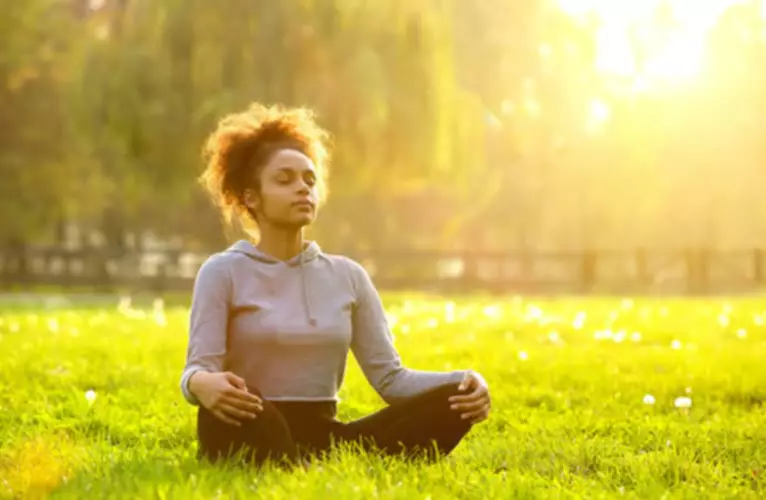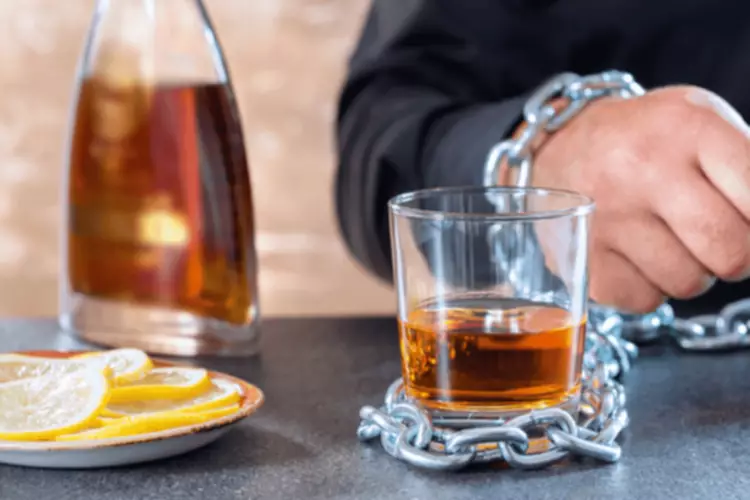Alcohol and anxiety: can booze trigger panic attacks?
The combination of decreasing endorphins and the realization that your worries are still there is a recipe for feeling physically and emotionally unwell. The whole concept of hangover-related anxiety is fairly new, and experts haven’t identified a single cause. Typically, he offers this in conjunction with supportive therapy, motivational interviewing, and/or cognitive behavioral therapy in 30-minute follow-up visits. Occasionally, Dr. Lin may recommend that additional therapy is needed and ask that you bring a therapist into your care team in order to provide the best outcome. The information in this article is for informational and educational purposes only and should never be substituted for medical advice, diagnoses, or treatment.
Treatment for Alcohol Use and Anxiety Disorders
We treat patients with anxiety, depression, trauma, ADHD, and more. With Talkiatry, you can see a psychiatrist from the comfort of your home and you can schedule your first appointment in a matter of days. To get started and learn about your treatment options, take our free online assessment, to see if Talkiatry is right for you and get matched with a psychiatrist. Do you ever feel like you aren’t good enough for your job?
Alcohol is not anxiety treatment
- Such actions are exempt from review by the Office of Management and Budget pursuant to section 3(d)(1) of Executive Order and the principles reaffirmed in Executive Order and 14094.
- These biological theories suggest that there could be a brain mechanism that is responsible for both anxiety symptoms and drinking behaviors.
- It’s no secret that alcohol has a profound impact on the brain—even a casual drinker can experience a mood shift after a beer or two.
Although there are differences in absorption of Δ9-THC depending on route of administration, the distribution, metabolism, and excretion of Δ9-THC is similar regardless of how the drug is administered. Plasma concentrations of Δ9-THC decrease quickly after absorption through rapid distribution into tissues and through liver metabolism. Because Δ9-THC has high lipophilicity, the apparent volume of distribution of Δ9-THC is high (10 L/kg) as it is distributed initially into organs such as lung, heart, brain, and liver that are highly perfused. Over time with regular exposure to marijuana, Δ9-THC will concentrate and be retained in fat. When marijuana or Δ9-THC is administered orally (such as by eating marijuana-infused foods), the effects start within 30 to 90 minutes, reach their peak at 1.5 to 3 hours, and remain measurable for 4 to 12 hours. Oral bioavailability of Δ9-THC, following ingestion of an edible containing marijuana or isolated Δ9-THC, ranges from 5 to 20 percent.
Cannabis withdrawal can be ‘highly disabling’ – Medical News Today
Cannabis withdrawal can be ‘highly disabling’.
Posted: Wed, 24 Oct 2018 07:00:00 GMT [source]
Do All Types of Alcohol Cause Anxiety?
At the center of Dr. Lin’s clinical approach is a strong emphasis on establishing trust and using a collaborative approach to help patients develop an individualized and cohesive plan so that they are able to achieve their goals. Talkiatry is a national psychiatry practice that provides in-network, virtual care. Co-founded by a patient and a triple-board-certified psychiatrist, Talkiatry has over 300 doctors, 60 insurance partners, and first visits available in days.
- The majority of the absorbed Δ9-THC dose is eliminated in feces, and about 33 percent in urine.
- Some people struggle with a disorder known as alcohol-induced panic attacks, in which they suffer from regular panic attacks after drinking alcohol.
- If you rely on alcohol to mask anxiety, you may find you become reliant on it to relax – putting you at risk of alcohol dependence.
- Occasionally unwinding with alcohol isn’t necessarily dangerous if your doctor approves.
- However, as it noted with respect to Factor 1.A, HHS emphasized that there are limitations in comparing descriptive data on adverse outcomes across drugs, although descriptive analyses of epidemiologic data are an established practice in previous eight-factor analyses.

Drinking heavy amounts of alcohol regularly can also cause your body to become dependent upon the chemical reaction that occurs in your brain. When you stop drinking, the withdrawal symptoms are a result of your body continuing to crave the stimulation that alcohol does alcohol cause panic attacks once generated. While the initial withdrawal symptoms can be uncomfortable, it helps to know that they will dissipate over time Quitting alcohol opens up new opportunities for you to live a healthier lifestyle that makes it easier to achieve your goals.
Risk factors
If you are unsure, the following test can help you identify a potential problem with alcohol. Although these are typical symptoms of a hangover, via biofeedback, they can trick your brain into having a real one. Your partner, parents, children, friends, employer, coworkers, doctor, or therapist might confront you about your drinking habits or your behavior when you drink. Given the possible connection, it’s not surprising that additional research has shown that treating one condition requires adequately addressing the others. When someone first has a drink of alcohol, it often has a sedative effect. Panic attacks may come on suddenly and without warning at first, but over time, they’re usually triggered by certain situations.
Maintain Your Reduced Consumption Levels
Drinkaware UK provides some useful online tools to help you to reduce your alcohol intake. It is also recommended that you consult your GP if you are concerned that you have a drinking problem. They can source the right support services to help you. FDA also considered position statements from professional organizations relevant to the indications discussed. The seventh factor that DOJ and HHS are required to consider under 21 U.S.C. 811(c) is the psychic or physiologic dependence liability of marijuana.

V. Proposal To Reschedule Marijuana
Individuals aged 26 to 34 years had the highest relative prevalence of nonmedical marijuana use, with 26 percent reporting past-year use and 18 percent reporting past-month use. When those individuals who reported past-year marijuana use in 2021 were asked why they used the drug, 33 percent reported use for medical reasons, while 61 percent were classified as using marijuana for nonmedical reasons only. (The other 6 percent did not respond.) HHS Basis for Rec.
MTF data for past-month use showed a similar pattern. However, past-month alcohol use by 12th-grade students (28 percent) exceeded that of marijuana in 2022. For those who used marijuana in the past month, 6 to 7 percent used it daily. By comparison, for those who used cocaine and heroin in the last month, less than one percent used it daily. MTF does not provide past-month use data for hydrocodone, heroin, tramadol, ketamine, or zolpidem. Marijuana use has varied since the CSA was passed in 1970.
